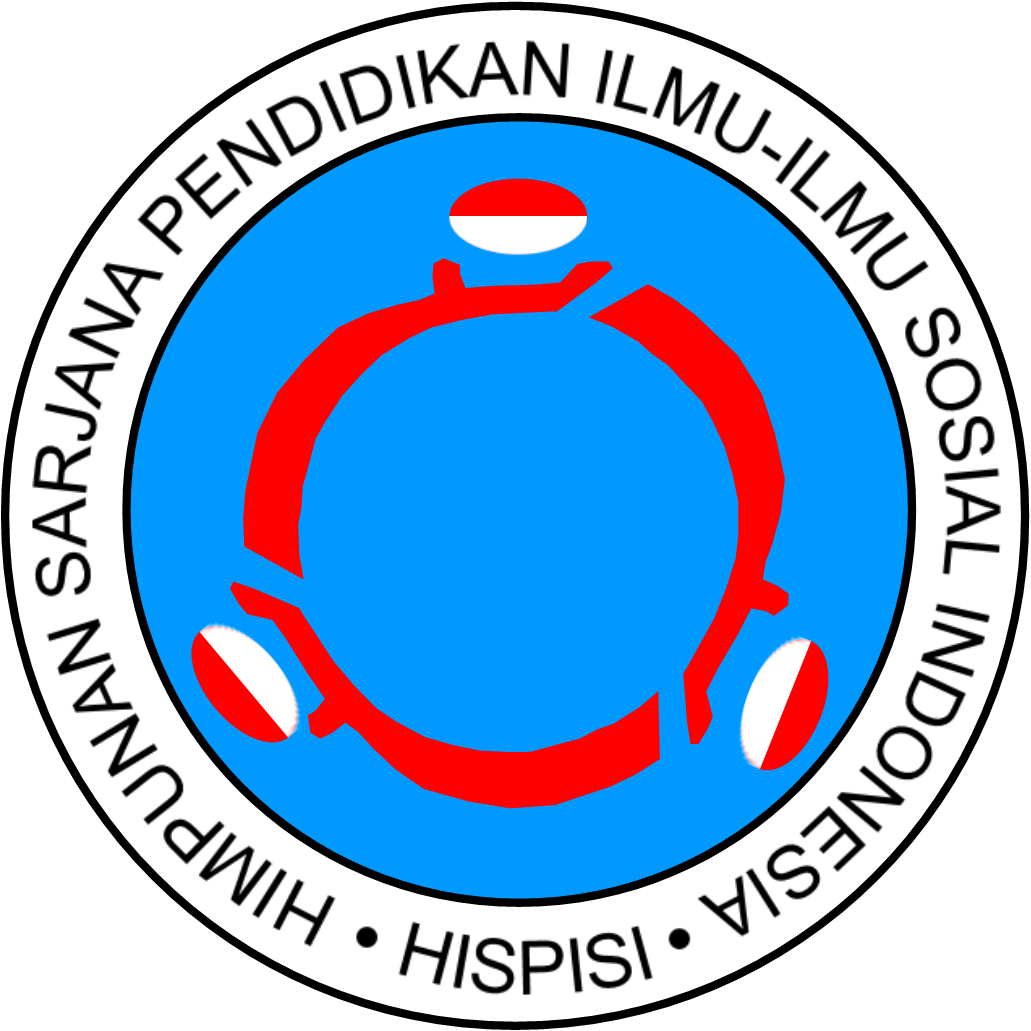The Implementation of PBL (Problem Based Learning) and POE (Predict, Observe, Explain) Models: Their Impact on Critical Thinking Abilities
Abstract
Keywords
Full Text:
PDFReferences
Abidin, Z. (2020). Efektivitas pembelajaran berbasis masalah, pembelajaran berbasis proyek literasi, dan pembelajaran inkuiri dalam meningkatkan kemampuan koneksi matematis. Profesi Pendidikan Dasar, 7(1), 37-52.
Alsaleh, N. J. (2020). Teaching Critical Thinking Skills: Literature Review. Turkish Online Journal of Educational Technology-TOJET, 19(1), 21-39.
Bracio, K., & Szarucki, M. (2020). Mixed methods utilisation in innovation management research: A systematic literature review and meta-summary. Journal of Risk and Financial Management, 13(11), 252.
Çingil Baris, Ç. (2021). A Review of Studies Conducted with the Prediction-Observation-Explanation (POE) in Biology Education. International Online Journal of Education and Teaching, 8(3), 1797-1816.
Cheng, H., Fan, Y., & Lau, H. (2023). An integrative review on job burnout among teachers in China: Implications for Human Resource Management. The International Journal of Human Resource Management, 34(3), 529-561.
Díez, F., Villa, A., López, A. L., & Iraurgi, I. (2020). Impact of quality management systems in the performance of educational centers: educational policies and management processes. Heliyon, 6(4).
Dignath, C., & Veenman, M. V. (2021). The role of direct strategy instruction and indirect activation of self-regulated learning—Evidence from classroom observation studies. Educational Psychology Review, 33(2), 489-533.
Djonomiarjo, T. (2020). Pengaruh model problem based learning terhadap hasil belajar. Aksara: Jurnal Ilmu Pendidikan Nonformal, 5(1), 39-46.
Guerrero, V. S. M., Guerra, H. S., & Parra, M. (2024). New trends in research designs and literature concerning innovation issues. A methodological approach. Dictamen Libre, (34), 137-146.
Hayati, W. I., Utaya, S., & Astina, I. K. (2016). Efektivitas Student Worksheet Berbasis Project Based Learning Dalam Menumbuhkan Kemampuan Berpikir Kritis Siswa Pada Mata Pelajaran Geografi (Doctoral dissertation, State University of Malang).
Karim, K., & Normaya, N. (2020). Kemampuan Berpikir Kritis Siswa dalam Pembelajaran dalam Pembelajaran Matematika dengan Menggunakan Model Jucama di Sekolah Menengah Pertama. EDU-MAT: Jurnal Pendidikan Matematika, 3(1).
Knight, S. E., Van Wyk, J. M., & Mahomed, S. (2016). Teaching research: a programme to develop research capacity in undergraduate medical students at the University of KwaZulu-Natal, South Africa. BMC medical education, 16, 1-8.
Lee, A. S., & Jacobs, R. L. (2021). A review of national occupational standards and the role of human resource development in their implementation. Human Resource Development Review, 20(1), 46-67.
Lee, L. H., & Yeung, Y. Y. (2021). A scoping review of flipped classrooms in K-12 science education: Implications and recommendations for future research and practice. Journal of Computers in mathematics and Science Teaching, 40(1), 65-97.
Mandernach, B. J. (2006). Thinking critically about critical thinking: Integrating online tools to promote critical thinking. Insight: A collection of faculty scholarship, 1, 41-50.
Mayasari, A., Arifudin, O., & Juliawati, E. (2022). Implementasi Model Problem Based Learning (PBL) Dalam Meningkatkan Keaktifan Pembelajaran. Jurnal Tahsinia, 3(2), 167-175.
Nisa, (2015) Implementasi Model Pembelajaran Problem Based Learning untuk Meningkatkan Keaktifan dan Hasil Belajar Siswa pada Mata Pelajaran Pemrograman Desktop Kelas XI RPL SMK Ma’arif Wonosari. yogjakarta: Universitas Negeri Yogyakarta.
Nind, M., & Katramadou, A. (2023). Lessons for teaching social science research methods in higher education: synthesis of the literature 2014-2020. British journal of educational studies, 71(3), 241-266.
Paul, R. W. (1993). The logic of creative and critical thinking. American behavioral scientist, 37(1), 21-39.
Purwanto, E. A., & Sulistyastuti, D. R. (2007). Metode penelitian kuantitatif: Untuk administrasi publik dan masalah-masalah sosial.
Rerung, N., Sinon, I. L., & Widyaningsih, S. W. (2017). Penerapan model pembelajaran problem based learning (PBL) untuk meningkatkan hasil belajar peserta didik SMA pada materi usaha dan energi. Jurnal Ilmiah Pendidikan Fisika Al-Biruni, 6(1), 47-55.
Rodriguez, J. M. G., Hunter, K. H., Scharlott, L. J., & Becker, N. M. (2020). A review of research on process oriented guided inquiry learning: Implications for research and practice. Journal of chemical education, 97(10), 3506-3520
Santosa, R. (2017). Metode penelitian kualitatif kebahasaan. Surakarta
Sudarmo, S., Arifin, A., Pattiasina, P. J., Wirawan, V., & Aslan, A. (2021). The Future of Instruction Media in Indonesian Education: Systematic Review. Al-Ishlah: Jurnal Pendidikan, 13(2), 1302-1311.
Sulistyanto, D. (2014, May). Improving Teaching and Research Capacity in Indonesia Education Throught ASEAN Collaboration. In International Conference on Education and Language (ICEL) (Vol. 1).
Supriyatno, T., Susilawati, S., & Hassan, A. (2020). E-learning development in improving students' critical thinking ability. Cypriot Journal of Educational Sciences, 15(5), 1099-1106.
Tri, N. M., Hoang, P. D., & Dung, N. T. (2021). Impact of the industrial revolution 4.0 on higher education in Vietnam: challenges and opportunities. Linguistics and Culture Review, 5(S3), 1-15.
Wahyuni, F. R. E., & Kurniati, E. (2014). Efektivitas Metode Pembelajaran Problem Solving
Terhadap Kemampuan Berpikir Kritis Siswa Pada Materi Sistem Reproduksi Manusia Di Kelas Xi Sma Negeri 1 Putussibau. VOX EDUKASI: Jurnal Ilmiah Ilmu Pendidikan, 5(2), 91-99.
Weiss, G. (2017). Problem-oriented learning in geography education: Construction of motivating problems. Journal of Geography, 116(5), 206-216.
Wolcott, M. D., & Lobczowski, N. G. (2021). Using cognitive interviews and think-aloud protocols to understand thought processes. Currents in Pharmacy Teaching and Learning, 13(2), 181-188.
Woods, D. R. (2014). Problem-oriented learning, problem-based learning, problem-based synthesis, process oriented guided inquiry learning, peer-led team learning, model-eliciting activities, and project-based learning: what is best for you?. Industrial & Engineering Chemistry Research, 53(13), 5337-5354.
Zetriuslita, Z., Ariawan, R., & Nufus, H. (2016). Students’ critical thinking ability: Description based on academic level and gender. Journal of Education and Practice, 7(12), 154-164.
DOI: https://doi.org/10.17509/jpis.v33i1.57767
Refbacks
- There are currently no refbacks.
Copyright (c) 2024 Universitas Pendidikan Indonesia (UPI)

This work is licensed under a Creative Commons Attribution-ShareAlike 4.0 International License.















